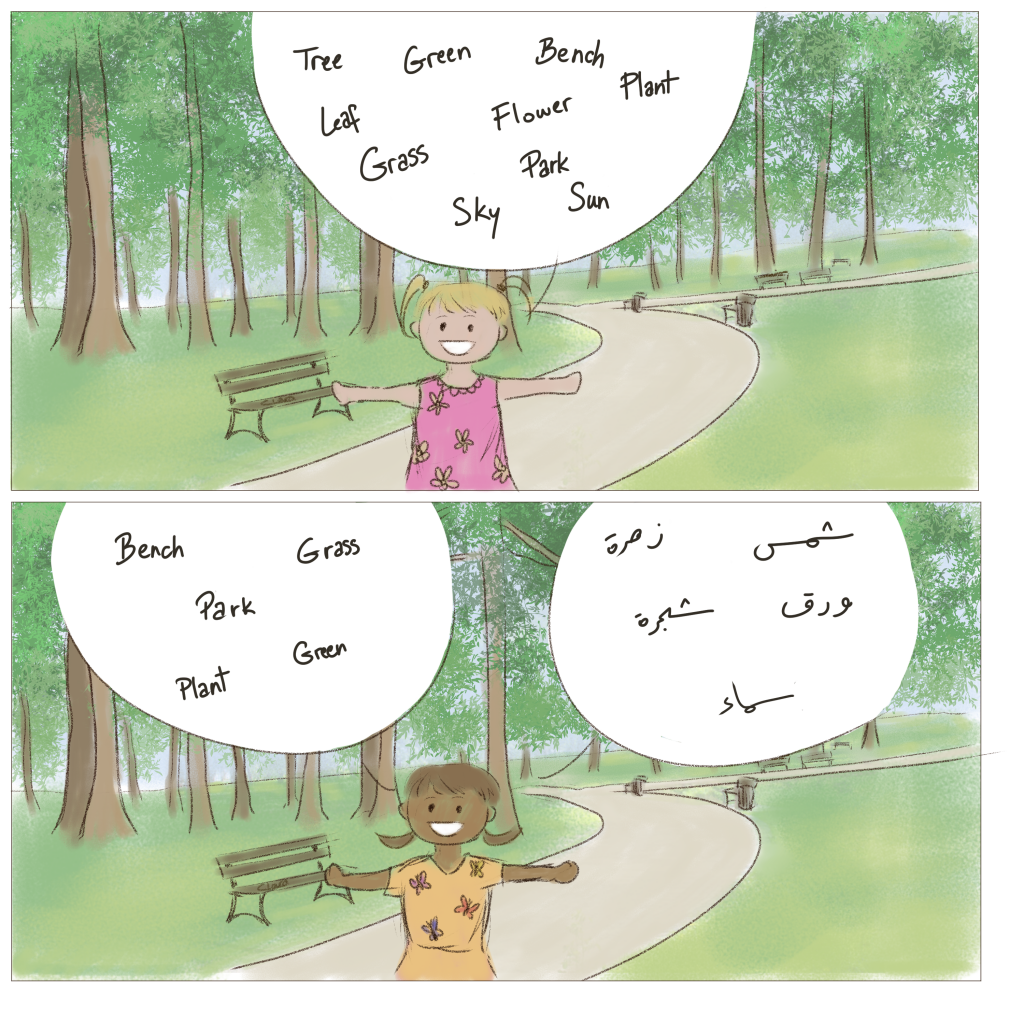Does it take longer to learn two languages than one?

One impression that often surfaces in educational settings, like preschool or elementary school, is that multilingual children can seem to have smaller vocabularies than their monolingual peers. However, this is mainly because language abilities are evaluated in just one language. For monolingual children, one language is representative of all their linguistic knowledge. For multilingual children, it is only representative of part of their linguistic knowledge, just one of their many languages. When multilingual children are evaluated in all their languages, they tend to have vocabularies that are equal to or larger than their monolingual peers.
A child may interact with a specific environment, and all the things in that environment, in just one of their many languages. A child, who hears Japanese at home and French at school, may know the Japanese word for cat (neko), because there is a cat at home and their caregivers often talk about the cat. However, they may not know the French word for cat (chat), because there are no cats at school and the teacher has not yet talked about cats. As bilingual children are exposed to new words in educational settings, their vocabulary in that language will grow. As children continue to learn words throughout elementary school, the vocabulary gap narrows and in many cases disappears.
Next time we will dive into learning language in a different modality: sign language.
The scientific sources for our comic:
Thordardottir, E. (2011). The relationship between bilingual exposure and vocabulary development. International Journal of Bilingualism, 15(4), 426-445.
Bialystok, E., Luk, G., Peets, K. F., & Yang, S. (2010). Receptive vocabulary differences in monolingual and bilingual children. Bilingualism (Cambridge, England), 13(4), 525.
In collaboration with Dr. Krista Byers-Heinlein.
